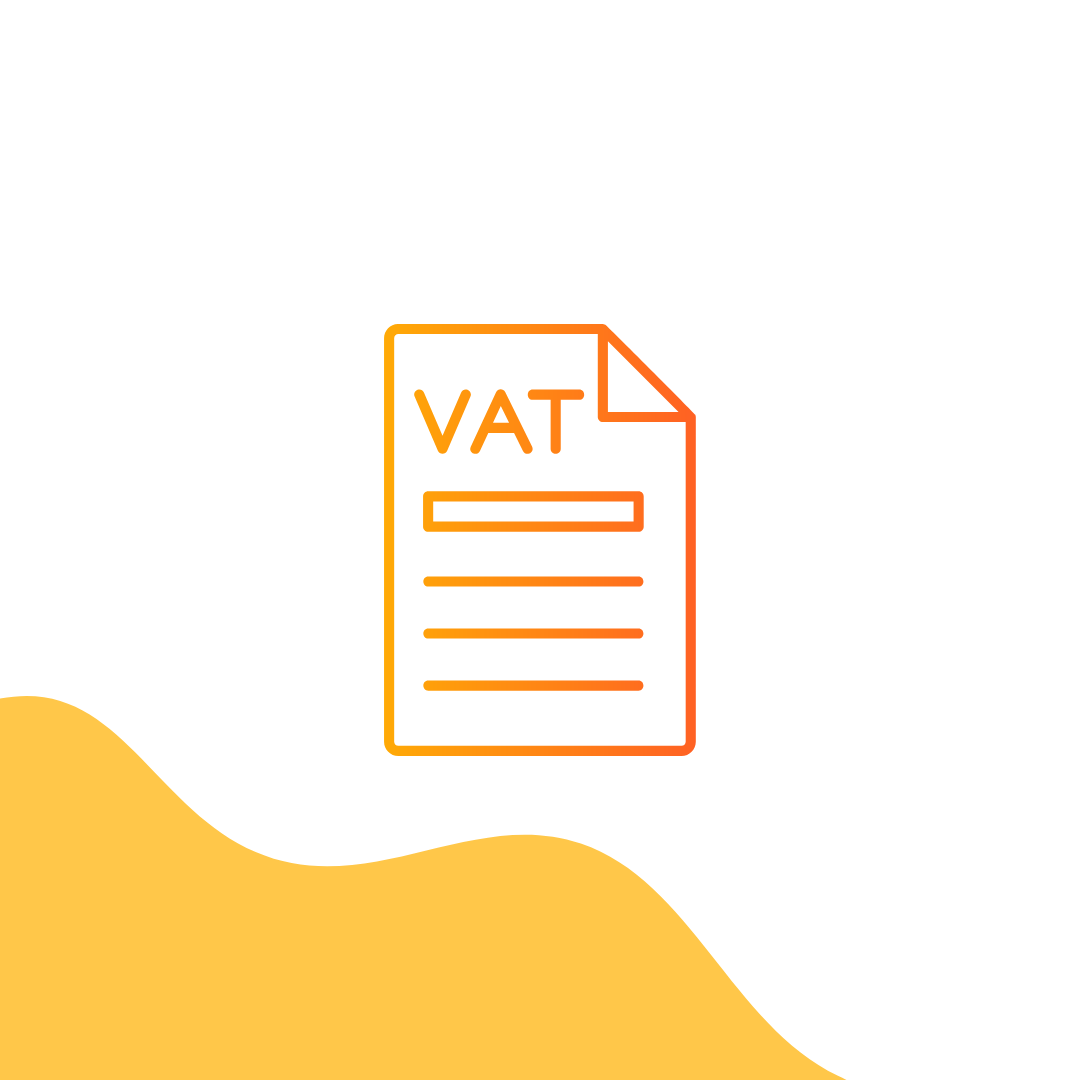A Self-Invested Personal Pension (SIPP) is a type of personal pension that gives you a wide range of investment choices. This means you can choose investments that match your risk tolerance and investment goals. You can also make regular or irregular contributions to your SIPP, and any contributions you make are eligible for tax relief.
How does a SIPP work?
When you set up a SIPP, you open an account with a SIPP provider. You then choose the investments you want to hold in your SIPP. Your SIPP provider will manage your investments and send you statements on your progress.
What are the benefits of a SIPP?
There are a number of benefits to using a SIPP for retirement planning, including:
Tax relief: Freelancers and the self-employed can receive tax relief on their SIPP contributions, which can significantly boost their retirement savings. For example, a basic-rate taxpayer can contribute £80 to their SIPP and receive £20 in tax relief, effectively increasing their contribution to £100.
Investment flexibility: SIPPs offer a wide range of investment options, including shares, funds, and property. This allows you to tailor your investments to your risk tolerance and investment goals.
Control over investments: You have complete control over the investments held in your SIPP. You can make changes to your investment strategy as your circumstances change.
Flexible contributions: You can make regular or irregular contributions to your SIPP, and you can adjust the amount of your contributions as your income fluctuates.
Consolidation of pensions: If you have multiple pension pots from previous employers, you can transfer them into a single SIPP, making it easier to manage your retirement savings.
How to set up a SIPP
Setting up a SIPP is a relatively straightforward process. You can choose from a variety of SIPP providers, each with its own fees and investment options. You can also seek advice from a financial advisor to help you choose the right SIPP for your needs.
How much should you contribute to a SIPP?
The amount you should contribute to a SIPP depends on your individual circumstances. However, as a general rule of thumb, you should aim to save at least 10% of your income for retirement.
What are the risks of investing in a SIPP?
The value of investments can go down as well as up, so there is a risk that you could lose some or all of the money you invest in a SIPP. However, over the long term, the risk of investing in a SIPP is generally lower than the risk of not saving for retirement at all.
Additional information
You can also find a list of SIPP providers here https://www.thetimes.co.uk/money-mentor/article/best-self-invested-personal-pension-sipp/



